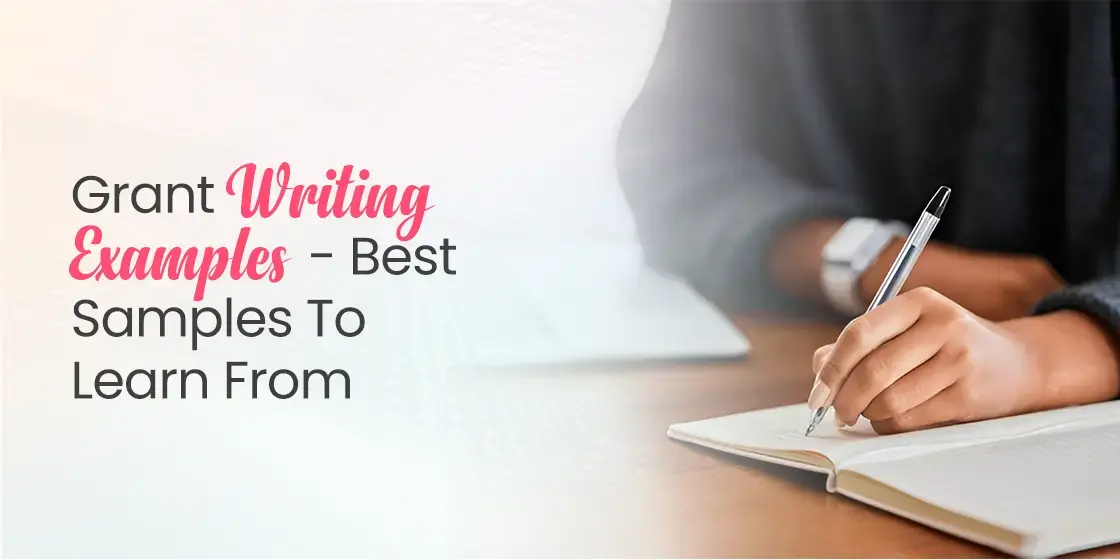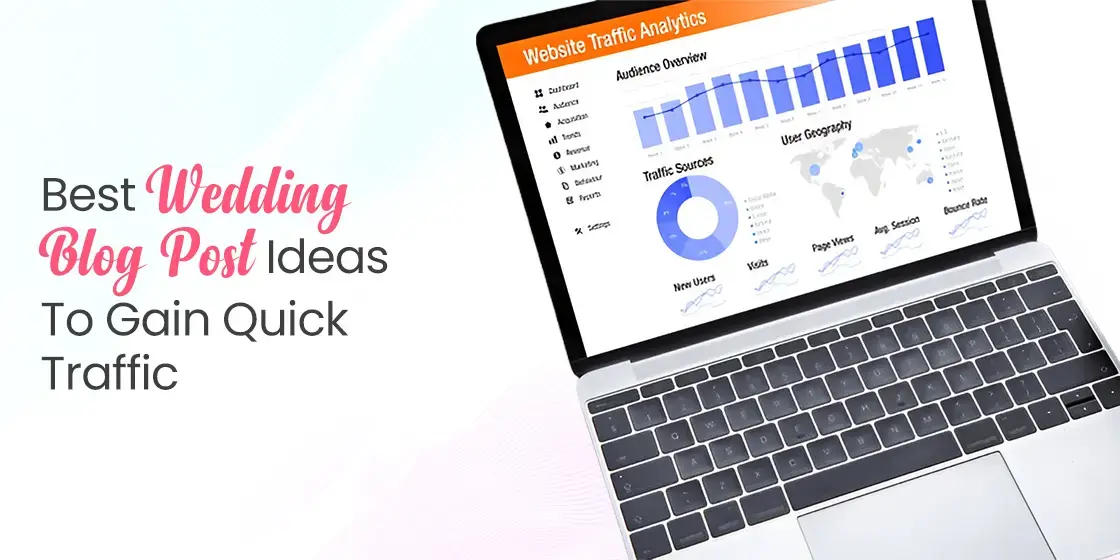Table of Content
Take a Look at Different Grant Writing Examples and Tips Listed Below
Writing grant proposals can often be a challenging and stressful task for many organizations. The pressure to meet strict deadlines, adhere to complex guidelines, and articulate the organization’s goals clearly can make the process feel overwhelming. However, despite these challenges, grant writing also presents a valuable opportunity. It is a chance for your nonprofit to secure essential funding that can help support current programs, launch new initiatives, or expand your overall impact within the community.
For those unfamiliar with writing proposals, it is highly recommended to study grant writing examples and learn from best practices. Reviewing successful grant proposals can offer valuable insights into what funders look for and how to effectively structure and present your ideas. These examples can guide you in understanding tone, and how to highlight your organization’s strengths. By taking the time to learn from these resources, you can build skills and increase the likelihood of offering your own grant or cover letter writing services in the market.
Beyond simply completing an application, the accuracy and effectiveness of a grant proposal are critical to its success. If you do not know how such proposals should be written, read this blog in detail. It will let you know the correct method of proposal writing by showcasing different examples of the grant proposals. Let’s start from the basics below.
What is Grant Proposal Writing?

Grant proposal writing is the process of creating a formal request for funding from a government agency, foundation, corporation, or other funding organization. The goal of a grant proposal is to persuade the funder that your organization or project is worthy of financial support. It typically includes a detailed explanation of the problem or need being addressed. Grant writing is a structured and strategic communication process that aligns the interests and priorities of the applicant with those of the funding agency.
Effective grant and brand copywriting requires thorough research and planning. Applicants must clearly understand the funder’s goals, criteria, and application guidelines before beginning to write. Proposals often include specific sections such as an executive summary, needs assessment, project description, evaluation plan, and a detailed budget. Each section must be carefully crafted to demonstrate the feasibility of the project and the organization’s ability to successfully manage and execute it.
Grant proposal writing is not only about asking for money, it’s also about building a compelling case that shows why your organization’s work matters. It involves telling a story supported by data, past achievements, and a strong plan for impact. Successful grant proposals convey a sense of urgency and purpose while establishing trust and credibility with the funder. For many nonprofits, mastering the skill of grant writing is crucial to sustaining and expanding their missions through external funding.
Tips to Write Quality Grant Proposals

To write a quality grant proposal, you need to follow some specified tips. By learning them correctly, you will be able to write a good grant proposal illustrating all your key points. Let’s take a look at them below.
Focus on Key Points
Focusing on key points in a grant proposal begins with a deep understanding of the funder’s priorities and aligning your project with their goals. Start by thoroughly reviewing the grant guidelines and identifying the specific criteria the reviewers will use to evaluate proposals. Structure your narrative to directly address these criteria, clearly stating your objectives, and expected outcomes. A well-organized outline before writing can help ensure each section emphasizes the most critical aspects relevant to the funding opportunity.
During the writing process, continuously refine your cornerstone content to maintain clarity and relevance. Each paragraph should have a clear purpose and contribute to the overarching narrative. Use data and evidence strategically to support your claims, but avoid overwhelming the reader with unnecessary details. By maintaining focus and cohesion, your proposal will be more compelling and easier for reviewers to understand and support.
Use Relevant Data
Using relevant data in a grant proposal strengthens your argument by providing evidence of needs. Start by identifying credible sources that support your case. Use this data to clearly define the problem your project addresses, showing its scope, urgency, and relevance to the community or population you aim to serve. Tailor the data to fit the funder’s interests and highlight how it aligns with their objectives. Including statistics or trends specific to your target region or demographic can make your proposal more persuasive and grounded in reality.
As you incorporate data, present it in a clear and accessible manner. Integrate charts, tables, or bullet points when appropriate to break up dense information and help reviewers quickly grasp key insights. Make sure each data point serves a purpose, supporting your proposed method, or projecting measurable outcomes. By strategically weaving relevant data into your narrative, you enhance the credibility of your proposal and provide a strong foundation for why your project deserves funding.
Use Tailor-made Content
When writing a grant proposal, it’s important to recognize that funders are more inclined to support organizations whose mission and work they can clearly understand and emotionally connect with. To achieve this, you must present your cause in a way that is both compelling and relatable. Describe the problem your organization is addressing in concrete terms, using real-world examples or stories. By painting a vivid picture of the community need and the personal storytelling that underscore it, you invite funders to emotionally invest in your mission.
In addition to creating emotional resonance, you need to demonstrate the tangible outcomes and broader impact your organization has within the community. Highlight past successes, measurable results, and positive changes that have resulted from your programs. Use data, testimonials, and case studies to show how your initiatives have made a differences. When funders can both empathize with your cause and see evidence of your effectiveness, they are more likely to view your organization as a worthy investment.
Keep your blog fresh and engaging with our professional writers!
Engage Readers
Best Grant Writing Examples to Learn From
Writing a grant proposal isn’t easy, as it requires a complete understanding of technicals involved in the document. If you are a beginner with no knowledge of proposal writing, here are some examples that could help you to write this document professionally.
Research Grant Proposal Example
For research-focused grants, it is essential to write your proposal in a way that is accessible to a broad range of stakeholders, not just subject matter experts. While your research may involve complex theories, specialized terminology, or power words, it’s important to communicate your ideas clearly and concisely.
To ensure broader understanding, emphasize the practical significance and potential applications of your research. By making your proposal accessible to all relevant stakeholders, you increase the chances of your work being appreciated for both its intellectual merit and its potential impact. Here is a key example how researchers at Harvard University wrote a document to access a particular grant.
Harvard University – Proposal to the Robert Wood Johnson Foundation
Government Grant Proposal Example
Government grants are among the most complex and demanding funding opportunities available. These grants typically require applicants to adhere to specific formats, provide thorough justifications for budgets, and meet rigorous eligibility and reporting requirements. Understanding the expectations and aligning your proposal with the priorities outlined in the grant solicitation are crucial steps toward being considered for funding.
Having a strong, well-crafted grant proposal prepared in advance can significantly improve your chances of success when applying for a government grant. A solid proposal showcases your organization’s capacity, and provides detailed plans for implementation and evaluation. Here is an example how Alexandria Archive Institute, Inc wrote a proposal to get a grant from National Endowment for the Humanities (NEH).
Alexandria Archive Institute, Inc – Grant Proposal
Frequently Asked Questions
| What is grant proposal? A grant proposal is a formal request submitted to a funding organization, seeking financial support for a specific project or initiative. It outlines the project’s purpose, goals, methods, and budget to justify the need for funding. |
| How to write a grant proposal? To write a good grant proposal, clearly define your project’s goals, needs, and expected outcomes with strong evidence and a realistic budget. Tailor the proposal to the funder’s priorities, using clear, concise, and persuasive language. |
| Why non-profit organizations need a grant proposal? Non-profit organizations need a grant proposal to secure funding for programs that align with their mission and community impact. It helps communicate their goals, needs, and accountability to potential funders. |
Final Words
That concludes our entire article in which we have discussed different types of grant writing examples available on the web. By paying attention to grant writing examples, you can learn the exact steps of proposal writing, and hence can get grant from reputable agencies. It is indeed not an easy document to write, but with correct practices, can be completed with accuracy, giving non-profits a great edge to secure funds.

Unleash your brand story`s potential with eContentSol – your creative writing companion. We craft narratives that captivate. Ready to elevate your content game? Dive into creativity with us and let`s bring your ideas to life.


